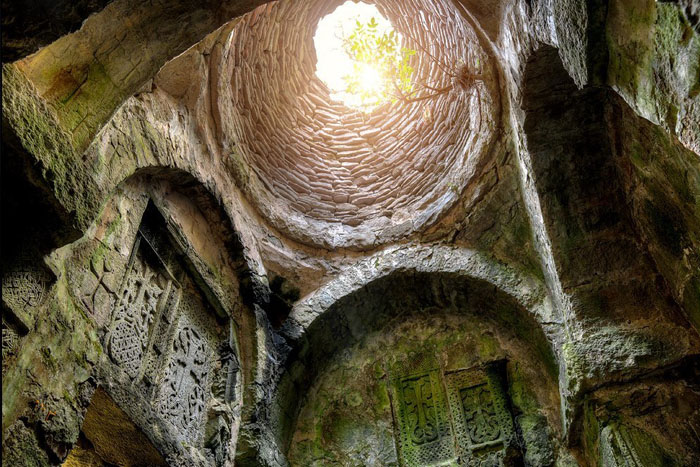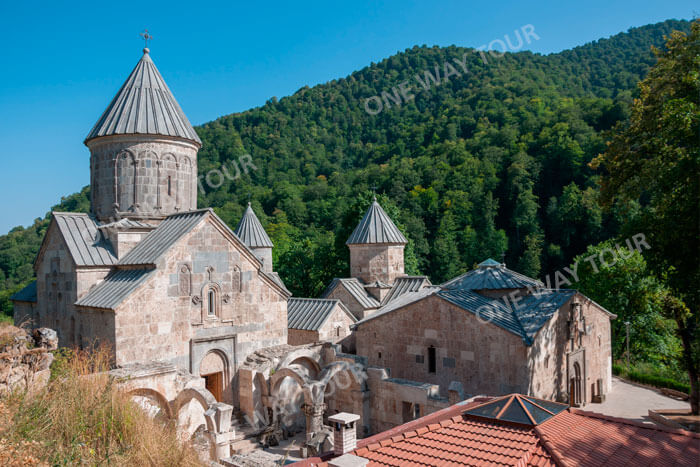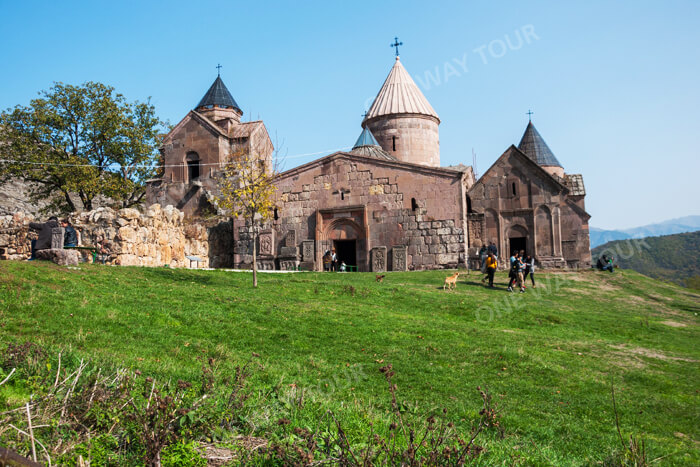Dilijan is one of the ancient Armenian cities where tourists can find amazing historical sights. Dilijan is also a famous resort city. The air is crystal clear here thanks to the dense mountain forests surrounding the city. Dilijan is considered an important cultural center of the country. The large natural mass surrounding the city has the status of a national park. The age of Dilijan is evidenced by the huge number of historical sites discovered here; there are 32 “open-air monuments” dating back to the Middle Ages and earlier times in the surroundings of the city. A large number of archaeological discoveries have been found in the city. Dilijan is very popular among tourists due to its special, healing climate and clean air. Due to the similarity of natural conditions, the city is sometimes called “Armenian Switzerland”.
The well-established transport infrastructure of Armenia allows to get to Dilijan by a private car or with the help of various travel companies which offer regular excursions and tours to different sights of the country. Due to the geographical location of Dilijan the trip will not seem long.
The high season in Armenia lasts for a long time due to the pleasant climate conditions. Warm days in Armenia start in March and last until late autumn; winter is usually snowless and not long. The high precipitation season is variable. The tourist season for Dilijan depends on the weather conditions.
Once upon a time, a man with his son Dili went to a town. When they were passing through the forest, Dili got lost. Father wandered in the forest for hours, trying to find his son. Eventually, father found the ripped apart corpse of his son on the hill. "Dili jan (jan - dear), Dili jan" the man exclaimed with bitterness. Since that time the name of this place remains Dilijan.
There is a prestigious international school located in Dilijan. As an educational and tourist center, the city maintains contact with several European countries (Luxembourg, Italy, England and France). Dilijan was included in the UNESCO Global Network of Learning Cities (GNLC) in 2016.
A large copper kettle is one of the significant artifacts and magnificent examples of applied art found on the territory of Haghartsin. The kettle dates back to 1232. It was on display at a historic exhibition in London. Currently, a unique artifact is on display at the History Museum of Armenia.
MATOSAVANK MONASTERY
15 km

HAGHARTSIN MONASTERY
20 km

GOSHAVANK MONASTERY
30 km
